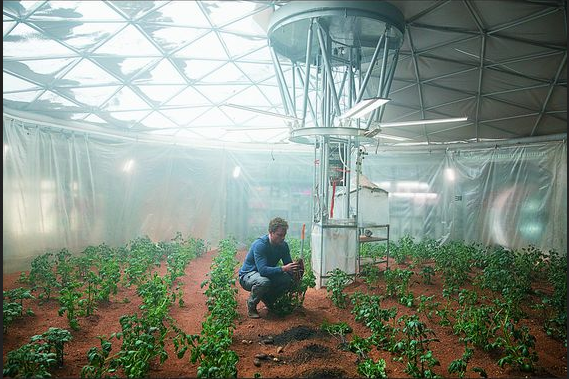The experiment was a preliminary effort to test the feasibility of growing plants on Earth’s natural satellite. The lunar surface is rich in the material that will be used to produce water, oxygen, and even fuel for area missions, however sustaining any quiet human presence on the Moon would need that travelers have the ability to provide their own food.
If mankind could successfully grow vegetables like potatoes on the Moon, it’d be a huge step towards a sustainable existence, and China’s experiment was a tiny step towards that and other loftier goals.
As for why the small ecosystem – that included soil, plant seeds, fruit flies, and yeast – failed, it ultimately came right down to temperature. A built-in heating system was designed to manage temperatures for around two hundred hours before shutting down, and that time has currently expired.
With nothing on its surface capable of absorbing and radiating tiny amounts of heat once the sun drops below the horizon, the lunar night brings temperatures well below zero, and also the plants were doomed to death.
The plant pod was just one of many experiments and scientific efforts China is an enterprise with the Change 4 mission, and its rover continues to be exploring the wayside of the Moon.
The ‘grand finale’ of the Change program can be the return of samples of the lunar surface by the Change five mission which is anticipated to induce underway later this year.
One may expect correct scientists who are actually making an attempt to work out a way to grow food on Mars, with a read to supporting human life there at some purpose within the not-so-distant future, to be sniffy regarding such way-fetched speculation.
The Martian? That’s my favorite movie!” exclaims Dr. Wieger Wamelink, a senior ecologist at Wageningen University within the Netherlands, who has been conducting experiments on cultivating plants in the area since 2013. “It’s the only sci-fi movie where growing food is terribly necessary.”
When Wamelink started his experiments, several individuals thought his work was left-field and then some. Now, because of The Martian, originally a 2011 novel by the American writer Andy Weir, at least they understood what he was attempting to attain.
The movie helped tremendously,” Wamelink says. It additionally, counterintuitively, supplied hypotheses he will test. “The journey to Mars takes half a year,” he tells me on a video decision from his garage in Wageningen, an engaging town on the Rhine, not way from Arnhem.
Thus store all your poo and pee. That’s your starter kit, what you wish to urge started in the soil. Actually, The Martian is completely correct there. It may be smelly, however, it’s thus important.”
The fifty three-year-recent Wamelink, who has a goofy sense of humor and, coincidentally, a passing resemblance to Matt Damon, incorporates a background in plant breeding.
Until recently, he had a standard academic career at the university, which is world-renowned for its work on agriculture and forestry. But, Wamelink kept on being missed out for analysis grants: he was told once that his proposals were “not innovative enough”.

